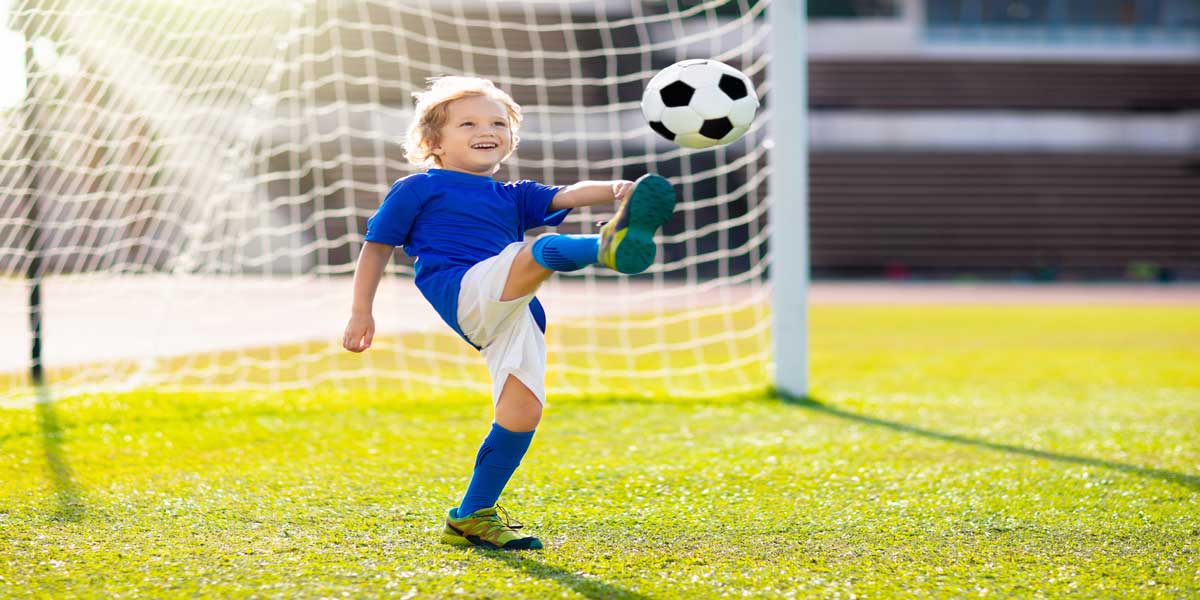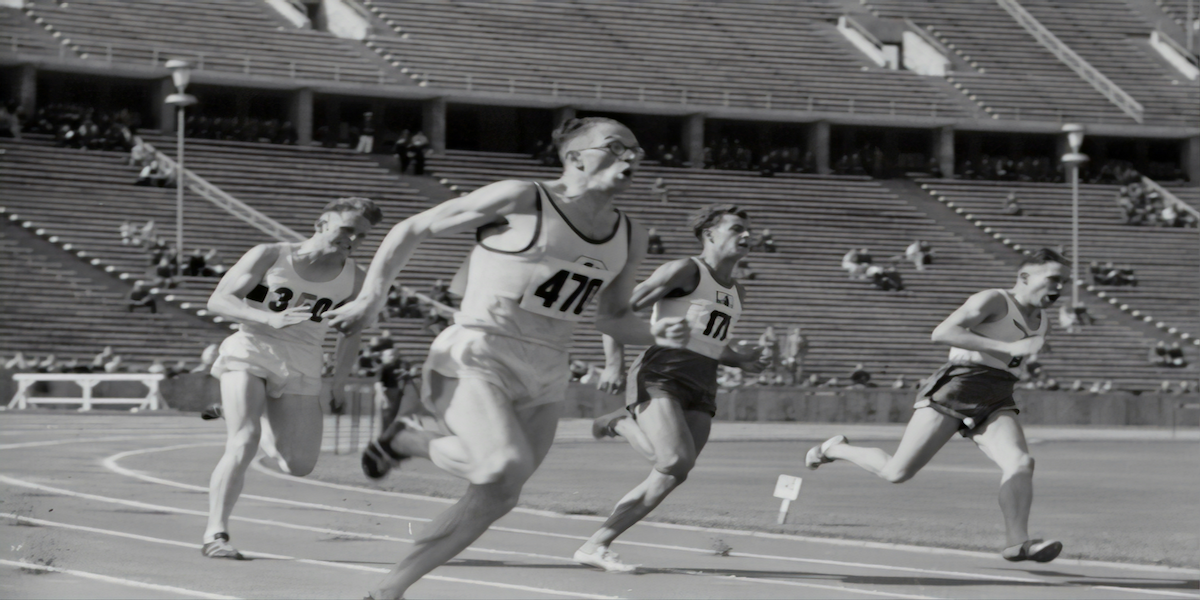Kids in sports: how you can protect them and still let them have fun
Kids: Participating in sports can be an excellent way for kids under 13 to stay physically active, develop new skills, and make friends.
It can also help them build confidence and self-esteem and teach them valuable lessons about teamwork and sportsmanship.
However, parents and caregivers need to ensure that young children are appropriately supervised and participating in age-appropriate and safe activities.
Importance of sports for kids
There are many benefits for kids to participate in sports.
Some of the physical benefits include improved cardiovascular health, increased muscle strength and flexibility, and better coordination and balance.
Participating in sports can also help young children maintain a healthy weight and reduce the risk of obesity.
In addition to the physical benefits, sports have numerous mental and emotional benefits.
It can also teach them essential life skills such as teamwork, discipline, and goal-setting.
Participating in sports can also be an excellent way for young children to make new friends and socialize with their peers.
Participating in sports can be a valuable and rewarding experience for kids under 13, both in terms of their physical and mental health.
Parents and caregivers must encourage and support young children in their sports activities while ensuring they participate in safe and appropriate activities for their age.
Kids getting injured playing sports
The US Consumer Product Safety Commission released recent data showing that overall injuries from youth participation in football have declined since 2013.
Although it plateaued in 2020, injuries spiked back up in 2021.
The commission reports that more than a million kids were injured in sports bad enough to require a trip to the ER.
The data covers sports and other significant injuries from playground equipment and skateboards.
In 2021, children aged 5 to 14 were likely to get football injuries; there were 110,171 reported injuries in 2021 compared to 92,802 in young adults aged 15 to 24.
Meanwhile, soccer had 59,000 injured kids, while basketball had 79,207 injuries.
Concussion rates
Boys’ football has the highest concussion rates, with 10.4 concussions per 10,000 athlete exposures.
Girls’ soccer follows with 8.19 per 10,000 athlete exposures, while boys’ ice hockey had 7.69.
Although high-contact sports have a higher risk of severe injuries, even safe sports like swimming and track have a risk for overuse injuries.
Read also: 6 Tips to Make Baby Shower Special for Moms
Screening
Dr. Stuart Berger, the division head of cardiology at Northwestern University Feinberg School of Medicine, warned that cardiac events could occur whether people play sports.
According to Berger, it’s crucial to screen cardiac events.
While kids are safe to play sports and exercise without worrying about cardiac events, it’s still important to do a physical, especially with family history, to find out who could be at risk.
“The concerns are that maybe there is somebody with an underlying abnormality,” explained Berger.
“The screening is designed to bring that out, and that we can identify, if possible, who those kids are.”
Families often cite head injuries as their major concern when their children enter sports.
Dr. Andrew Peterson, the clinical professor of pediatrics at the University of Iowa, revealed that the bulk of kids’ concussions is sports-related.
However, he said there is no substantial evidence that a few concussions in childhood have any long-term impact on adulthood.
Peterson stressed that it is important to avoid reinjuring the head before the concussion fully heals.
“The thing we worry about most are these second impact events where people have a concussion on top of a concussion,” he explained.
Symptoms
Dr. Erin Grieb, the pediatric primary care sports medicine physician at Stanford Children’s Orthopedic and Sports Medicine Center, agreed with Peterson’s sentiments.
She said that coaches, referees, and families should learn to identify concussions to ensure the kids are cared for.
Grieb said the signs and symptoms could include:
- Headaches
- Sensitivity to light
- Mental problems like confusion or difficulty paying attention
- Sadness
- Anxiety
Concussions can be present in many ways, and some symptoms may manifest in one trauma but others in a different concussion.
Prevention
Injuries are inevitable in sports, but there are ways to minimize the damage.
- Ensure they wear appropriate protective gear, such as helmets, pads, and mouthguards, as needed for the specific sport.
- Ensure they are properly conditioned and trained for the sport and do not overexert themselves.
- Please make sure they are playing on properly maintained equipment and playing surfaces.
- Follow the rules and guidelines for the specific sport to help reduce the risk of injury.
- Encourage kids to speak up if they feel sick, tired, or in pain and seek medical attention.
- Have an emergency action plan in place in case of injury.
- Encourage kids to respect their opponents and follow good sportsmanship.
- Consider the level of competition and the child’s age and skill level when choosing a sport or league.
- Make sure the child is supervised by a responsible adult who is trained in first aid and CPR.
In almost every sport available, kids should be given time to rest to avoid injuries from overuse.
According to Grieb, athletes with head injuries need to take considerable time off to recover.
“You break a bone, I can put you in a cast and not let you use that arm. When you have a head injury, I can’t put your head in a cast,” said Grieb.
“You get one brain, so it’s really important that we let your brain heal.”
Continuing play
Despite the risks that sports pose for kids, it’s still an essential physical activity and habit.
Peterson says that regular movement is part of growing up.
Grieb added that it gives children leadership skills, life lessons, and, most importantly, fun, saying:
“If you’re focused on using proper techniques, you’re focused on following the rules of the game, and you have coaches and referees who are also engaged in that, then I think particularly risky sports can be safer than they have in the past.”
Reference:
How to protect your kids when they play sports, according to doctors





